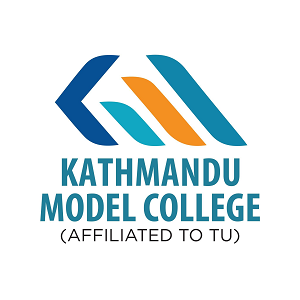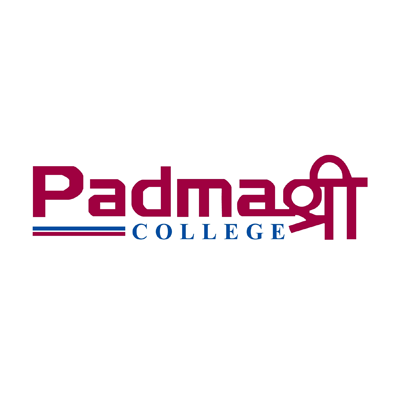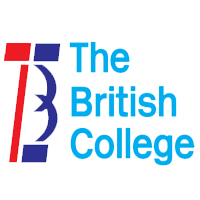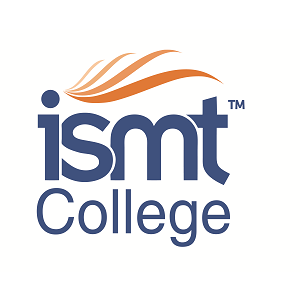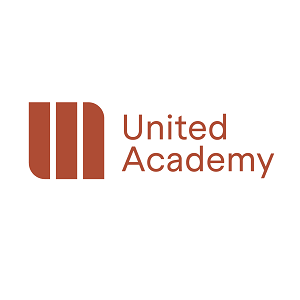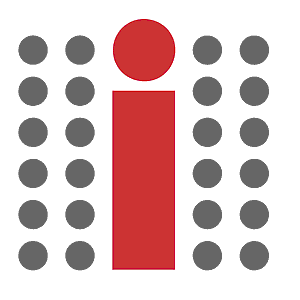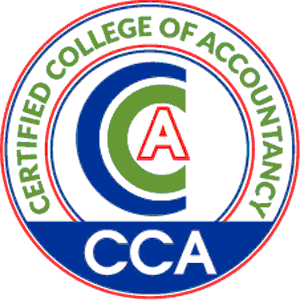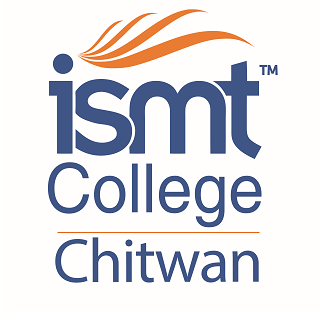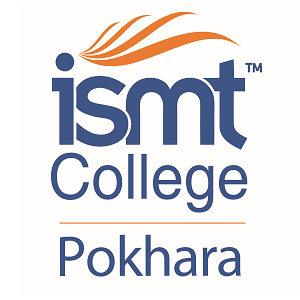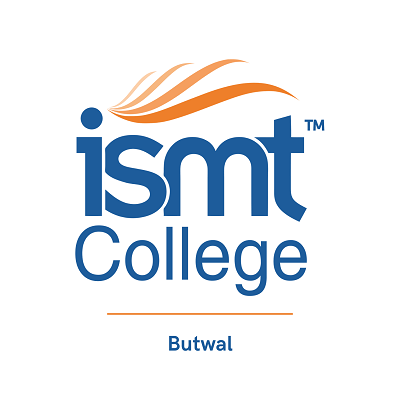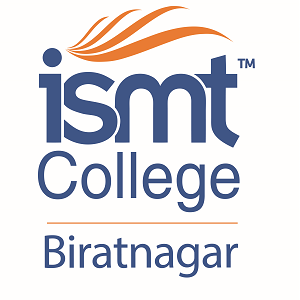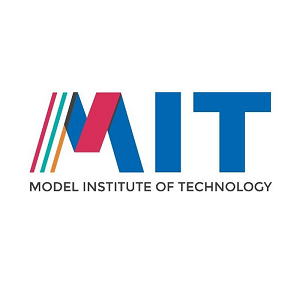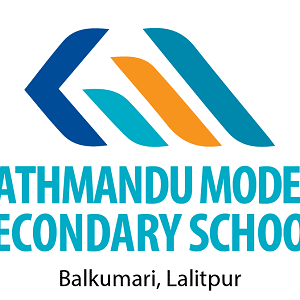Overview
Bachelor of Pharmacy (B Pharm) at NIST Higher Education, Lainchaur, Kathmandu
The Bachelor of Pharmacy (B Pharm) at NIST Higher Education (National Model College for Advanced Learning—NMCAL), Lainchaur, Kathmandu, runs under Tribhuvan University’s Institute of Medicine (IOM).
The program builds a clear foundation in pharmaceutical sciences with progressive exposure to hospital, community, and industrial practice in Nepal. Students and parents look for verified details on eligibility, entrance, syllabus, teaching, assessment, and outcomes; this page compiles those essentials using IOM curriculum references and NIST’s published program information.
Program: Bachelor of Pharmacy (B Pharm)
Affiliation: Tribhuvan University, Institute of Medicine (IOM)
Host Campus: National Model College for Advanced Learning (NMCAL), NIST Higher Education, Lainchaur, Kathmandu
Duration & Structure: Four academic years with theory, practicals, dissertation, and in-plant training as per IOM curriculum
Instruction & Exam Medium: English (theory, practical, viva)
Highlights
-
Academic model: Four-year pharmacy curriculum covering pharmaceutical sciences, clinical/hospital exposure, and industry-facing modules.
-
Practice components: Supervised dissertation (100 marks) and in-plant training (100 marks) are required before graduation.
-
Attendance & evaluation: Minimum 75% attendance and mixed internal/external assessment with theory, practicals, and viva as per IOM rules.
-
Institutional context: NMCAL operates under NIST Higher Education in Lainchaur and offers the B Pharm under IOM affiliation.
Curriculum Details
The IOM curriculum sets the subject map, teaching hours, practical load, and evaluation framework. Students move from basic biomedical sciences to pharmaceutics, medicinal chemistry, pharmacology, pharmacognosy, hospital/community pharmacy, regulatory affairs, and quality systems. Core strands include:
-
Biomedical foundations: Anatomy, physiology, pathology, and biochemistry to understand human systems and drug–body interactions.
-
Pharmaceutics & formulation: Physical pharmacy, dosage forms, biopharmaceutics, pharmacokinetics, and pharmaceutical technology (theory + practical).
-
Pharmaceutical & medicinal chemistry: Structure–activity relationships, synthesis concepts, and analytical methods relevant to drug substances.
-
Microbiology & pharmacognosy: Sterility, contamination control, natural products, and standardization of herbal materials.
-
Pharmacology & pharmacotherapeutics: Mechanisms, adverse effects, interaction monitoring, and patient-care applications.
-
Practice & systems: Hospital pharmacy, community pharmacy, regulatory control, quality assurance/quality control, Good Manufacturing Practice (GMP), and documentation.
-
Research & training: Dissertation and in-plant training with defined marks and pass criteria.
Assessment: Practical components carry internal and final exam marks; students must achieve the specified minimum in both internal and final practicals. The grading table and pass thresholds follow the IOM curriculum.
Objectives
-
Prepare graduates to deliver safe medication services across hospital, community, and primary care settings.
-
Build competence in formulation, production, and quality systems for pharmaceutical and allied industries.
-
Develop the ability to evaluate drug information, detect interactions, and counsel patients.
-
Encourage ethical practice and familiarity with Nepal’s National Drug Policy and regulatory frameworks.
Scope
Graduates work in hospital/clinical pharmacy, community pharmacy, industrial production, quality control/quality assurance, regulatory services, and academia/research. The degree also supports further study at the master’s level in pharmacy, pharmaceutical sciences, or public health, depending on individual goals and entrance requirements.
Learning Outcomes
On successful completion, students typically can:
-
Interpret prescriptions, review interactions, and support rational pharmacotherapy.
-
Prepare, analyze, and document dosage forms following pharmacopeial standards.
-
Manage inventory, storage, dispensing, and pharmacovigilance reporting.
-
Apply GMP, validation, and quality documentation principles in production and QC labs.
-
Conduct small-scale research, analyze data, and present findings through the dissertation.
Skill Development Modules
-
Laboratory technique: Sterility testing, compounding, dissolution, assay, calibration, and documentation.
-
Clinical communication: Case presentation, patient counseling, and interprofessional coordination.
-
Industry orientation: Batch records, SOPs, deviation handling, and validation basics.
-
Data & research practice: Literature search, protocol writing, basic biostatistics, and scientific reporting.
Teaching Methodology
Faculty apply lectures, demonstrations, guided practicals, group discussions, case-based tasks, and supervised project work. The curriculum mandates structured practical records, minimum practical counts per subject, and scheduled viva sessions.
Admission Requirements
-
Eligibility (IOM curriculum): Minimum GPA 2.4 in 10+2 Science (Biology stream) or equivalent with minimum C grade separately in English, Physics, Chemistry, and Biology in theory and practical. Equivalent pathways apply as per IOM rules.
-
Entrance: IOM conducts the UG entrance and publishes annual admission instructions, timelines, and document requirements on the official portal. Candidates must meet the year-specific qualifying standard.
-
Campus delivery: NMCAL , Lainchaur, Kathmandu, offers the program under IOM affiliation; applicants liaise with the NIST admission office for forms and campus-level steps after IOM entrance.
Application tip: Keep scanned PDFs of academic documents and identification ready per IOM’s current-year notice; follow upload and verification steps as instructed by the dean’s office.
Career Opportunities
-
Hospital/clinical care: Ward pharmacy support, medication reconciliation, sterile preparations (as applicable to setting), and counseling.
-
Community practice: Dispensing, OTC guidance, minor ailment referral, and storage/temperature logs.
-
Industry roles: Production, QA/QC, formulation assistance, documentation, and validation support.
-
Regulatory & supply systems: Licensing support, inspection preparedness, procurement logistics, and pharmacovigilance reporting.
-
Academia & research: Teaching assistantships, lab supervision, and entry-level research roles; further study can broaden options.
Scholarships and Financial Aid
-
Merit considerations: NIST applies merit-linked waivers consistent with institutional policy and current notices.
-
Performance recognition: Internal rules may consider semester/annual performance for partial waivers.
Visit the NIST admission office for current schemes and required documents during intake windows.
Why Choose B Pharmacy?
Students seeking a pharmacy degree under a clear national framework select the IOM B Pharm for its structured coverage of science, practice, and quality systems. You learn in English, follow defined attendance and assessment rules, and complete a dissertation plus in-plant training that reflect real responsibilities in hospital and industrial environments. The location in Lainchaur supports easy access to academic and clinical settings in Kathmandu.
Conclusion
The B Pharm at NIST Higher Education (NMCAL), under TU-IOM, provides a stable pathway into Nepal’s pharmacy workforce. The curriculum, attendance, evaluation, research, and training requirements are documented by IOM, giving students and families a transparent basis for planning academic work and future roles in care or industry.
FAQ
Q1. How long is the B Pharm and what are the key completion requirements?
The program runs for four academic years. Students must maintain at least 75% attendance, pass theory/practical/viva assessments, and complete both the dissertation (100 marks) and in-plant training (100 marks).
Q2. What is the current eligibility for 10+2 applicants?
The IOM curriculum requires GPA 2.4 in 10+2 Science (Biology stream) or equivalent with minimum C grade separately in English, Physics, Chemistry, and Biology in theory and practical. Check the current year’s entrance notice for any updated thresholds.
Q3. Who conducts the entrance and where are official notices posted?
The Institute of Medicine (IOM) conducts the UG entrance and posts admission notices and instructions on the official website’s Admission notices section.
Q4. Does the program teach in English and include viva voce?
Yes. The medium of instruction and examinations is English, and assessment includes theory, practicals, and viva as defined by IOM.
Q5. Where is the host campus and under which affiliation does it operate?
The host campus is National Model College for Advanced Learning (NMCAL) at Lainchaur, Kathmandu, operating under Tribhuvan University’s IOM affiliation as part of NIST Higher Education.
Q6. What types of roles do graduates usually enter?
Typical roles include hospital or community pharmacist, production/QC associate in industry, regulatory support, and academic/research assistant positions, subject to workplace requirements and further training where applicable.
Q7. How should applicants prepare documents for admission?
Follow the current IOM admission notice for document formats and upload steps (single combined PDF, naming format, and original verification during admission).


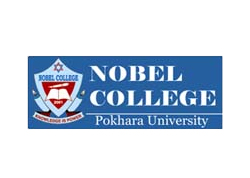
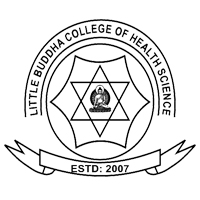
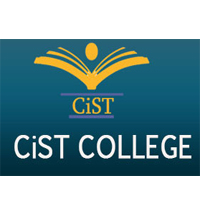

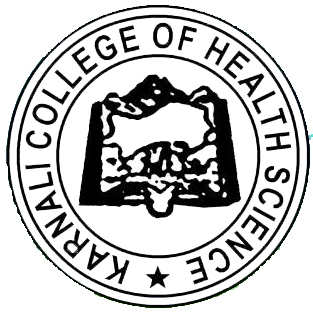
.png)
